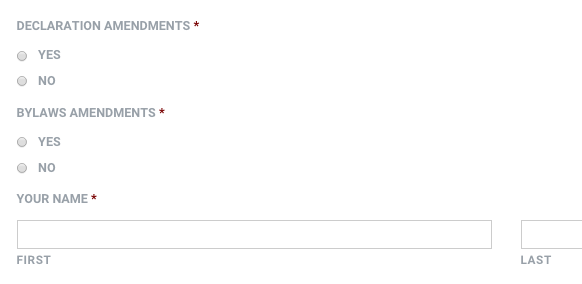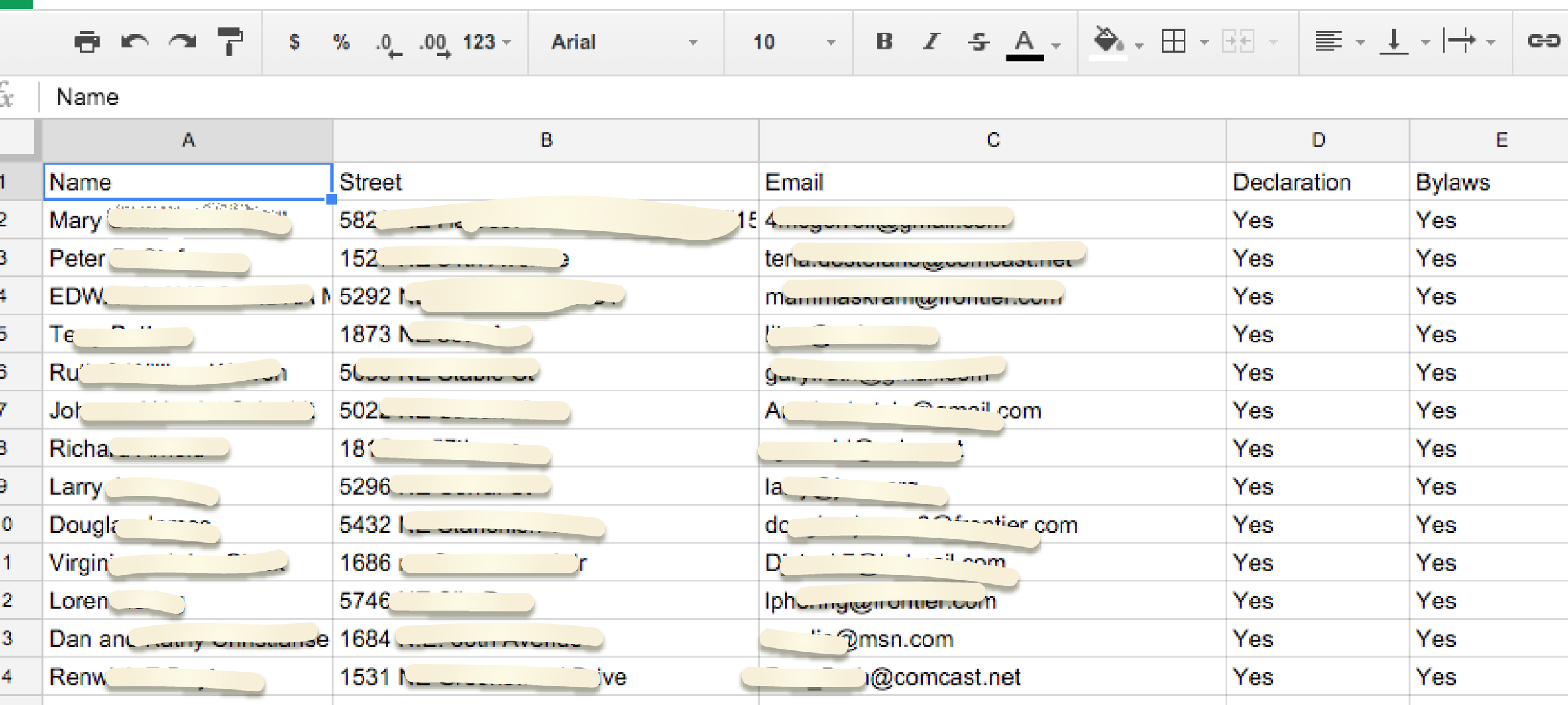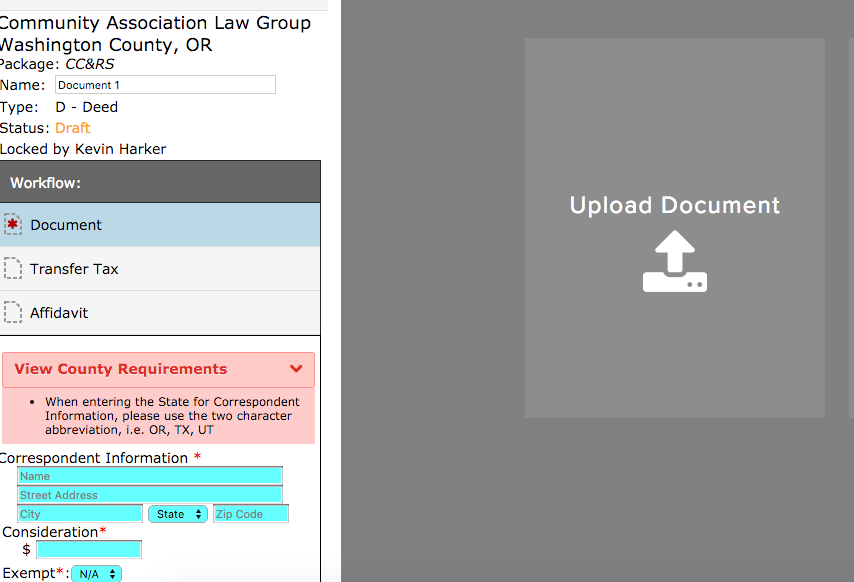Lawyers depend on case law to provide advice to homeowner and condominium associations. While cases in other states are not binding, they often provide guidance to lawyers and board members. The following is a short summary of cases from around the United States involving community associations.
Filmore LLLP v. Unit Owners Association of Centre Pointe Condominium - Washington
The association attempted to adopt a cap on the number of rentals in the community. While the governing documents stated that only a majority of owners were required to vote in favor of the amendment, the Court imposed a higher approval threshold of a supermajority of all owners.
Acorn Ponds Homeowners Association vs. DeBenedittis - New York
Pedestrian filed action against homeowners association and association's snow removal contractor to recover damages for personal injuries pedestrian allegedly sustained when he slipped and fell on a patch of ice on property owned by association. The court found that the snow removal contractor did not substantially contribute to the injuries.
Neufairfield Homeowners Association v. Wagner - Illinois
The court in this case determined that two daycare businesses did not create sufficient traffic to violate a use restriction prohibiting frequent commercial traffic in the subdivision.
100 Harborview Drive Condominium Council of Unit Owners v. Clark - Maryland
An owner sued the association after the board refused to provide copies of it’s legal invoices. Under the law, communications between an association and it’s legal counsel are considered privileged. The court denied the owner’s request for copies of those documents.
Bluff Point Townhouse Owners Ass'n, Inc. v. Kapsokefalos - New York
An owner within the community claimed that the association did not have the authority to levy assessments. The Court found that the governing documents provided the authority to levy assessments and that the board had followed the proper procedures to levy and collect monthly assessments.
Arbors at Sugar Creek HOA vs. Jefferson Bank - Missouri
Owners of five lots in 18-lot subdivision brought action against lender that acquired from developer, through foreclosure, the 13 unsold lots and against contractor that agreed to build on the unsold lots seeking, among other things, declaratory and injunctive relief relating to management of the subdivision. The court made the following rulings:
1 lender could establish a successor homeowners association for the subdivision;
2 lender did not violate its duty of good faith and fair dealing by amending subdivision's declaration of covenants so as to remove residency requirement for members of association's board;
3 sufficient evidence supported trial court's finding that board acted reasonably and in good faith in approving building plans for one of the unsold lots;
4 lender was not entitled to recover from the lot owners the expenses it incurred to maintain the subdivision; and
5 lot owners could not be held liable to lender for abuse of process or slander of title.
Belleville vs. Malvern Hunt Homeowners Association - Pennsylvania
The developer of the community recorded CC&Rs before starting construction of the homes. During construction, the developer decided that a portion of the community would receive certain services (snow removal, landscaping) and that other portions would not receive those services. Shortly after that decision, an owner purchased a lot. The developer gave the owner an unrecorded and unsigned amendment to the CC&Rs. The Court held that without recording the amendment, it was not valid or binding on the owner.
Houston v. Wilson Mesa Ranch Homeowners Association, Inc - Colorado
An owner in the community began leasing his home using VRBO (a short-term vacation rental website). The association took the position that frequent short-term rentals violated the commercial use provision in the CC&Rs. The Court found that even though the owner was making a profit, the rentals merely provided a place for others to eat and sleep—therefore the use was “residential” and not commercial.
Gonon v. Community Management Services, Inc. - Indiana
Law firms or agencies which handle the collection of assessments are subject to the Federal Fair Debt Collections Practices Act. In this case, an owner sued the association’s management company for violations of the Act. The Court found that because the owner was not delinquent at the time the association hired the management company, the management company was not subject to the Act.
Walker I Investments, LLC v. Sunpeak Association, Inc. - Utah
In this case the Court found under the state’s nonprofit corporation law, the homeowners association was not obligated to provide an owner with the email addresses or phone numbers of the other owners in the community.






